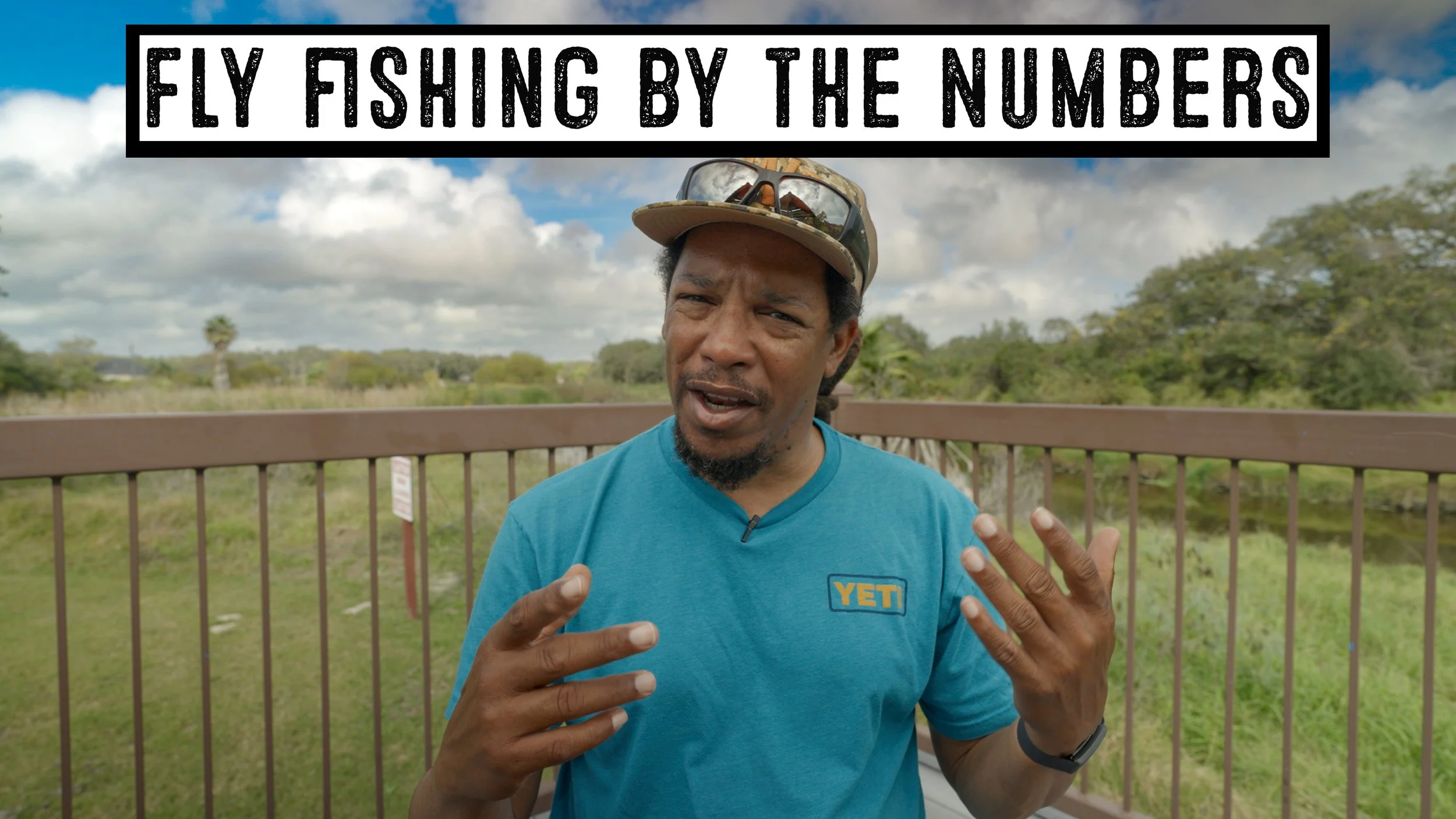Fly Fishing By The Numbers - What Do They Mean?
Fly Fishing By The Numbers - What Do They Mean?
Fly fishing equipment, including rods, reels, lines, leaders, tippets, and hooks, are marked with numbers that denote various specifications.
Reels often indicate recommended line sizes, sometimes with a simple number or through a chart indicating compatibility with different line sizes.
Rods feature numbers indicating length, number of pieces, and the line size they are designed for, with the length and line size being the most important factors.
Lines are labeled with weight, taper, and whether they are floating or sinking, with weight being the primary consideration for compatibility with the rod.
Leaders and tippets are labeled with length and X size, indicating the diameter of the thinnest part of the leader, with larger X numbers denoting thinner diameters. Hook sizes follow a similar principle, with larger numbers indicating smaller hooks, but consistency can vary between manufacturers.
Today, let's talk about the numbers you'll find on your fly fishing gear. Almost everything from rods to reels to lines and beyond comes with its own set of numbers. Some are easy to figure out, while others might need a bit more decoding. But don't worry, we'll break it down together.
Starting with reels, you'll often see numbers that tell you what line sizes work best. Sometimes it's right in the name or model number, other times you might need to check a chart. And most reels can handle a range of line sizes, making them pretty versatile for different fishing situations.
Now, onto rods. They've got their own series of numbers that might seem confusing at first. But really, you just need to focus on a few things: the length, how many pieces it comes in, and the recommended line size. For example, if you see something like "590-4" on a rod, that just means it's a nine-foot rod, five-weight, and comes in four pieces.
Lines are a bit simpler. Look for the weight, which is the most important thing to match with your rod. Then you can think about things like taper and whether it floats or sinks, depending on where and how you're fishing.
Leaders and tippets are labeled with numbers too, usually indicating length and thickness. The higher the number, the thinner the line. So, if you're after trout, you might be looking at leaders with numbers like three, four, or five X. And for saltwater fishing, you'll probably want something beefier like one or zero X.
Lastly, let's talk hooks. Again, bigger numbers mean smaller hooks. So, a number one hook is much bigger than a size 18. But keep in mind, there can be differences between brands, so use the numbers as a general guide.
Understanding these numbers might seem overwhelming at first, but once you get the hang of it, it's pretty straightforward. And if you ever feel lost, don't hesitate to reach out to us with any questions you have.


